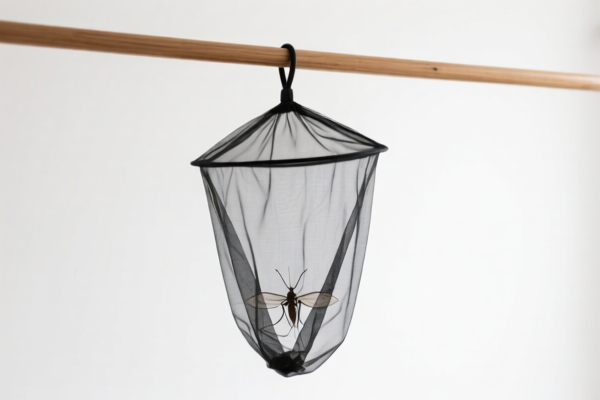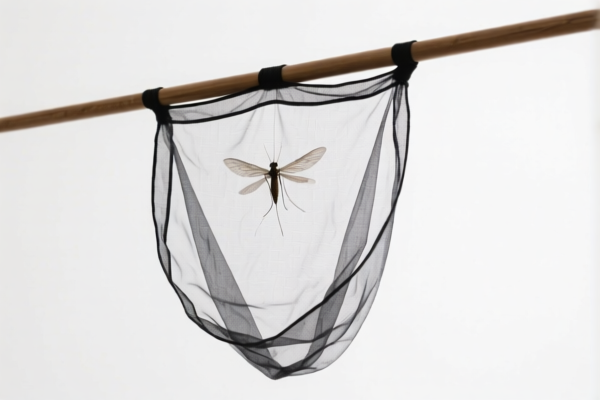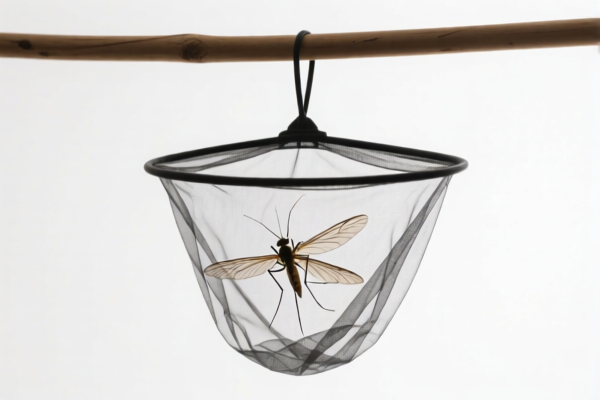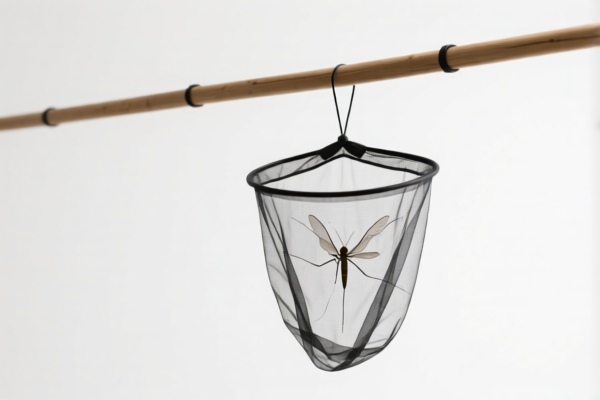| HS Code | Official Doc | Tariff Rate | Origin | Destination | Effective Date |
|---|---|---|---|---|---|
| 3926901000 | Doc | 40.9% | CN | US | 2025-05-12 |
| 3926909989 | Doc | 42.8% | CN | US | 2025-05-12 |
| 3916100000 | Doc | 60.8% | CN | US | 2025-05-12 |
| 3916903000 | Doc | 61.5% | CN | US | 2025-05-12 |
| 9403608093 | Doc | 55.0% | CN | US | 2025-05-12 |
| 9403999061 | Doc | 55.0% | CN | US | 2025-05-12 |
| 9405994090 | Doc | 86.0% | CN | US | 2025-05-12 |




Mosquito Net Hanging Rod
A mosquito net hanging rod is a support structure used to suspend a mosquito net, creating a protective enclosure over a bed, seating area, or other space. Its primary function is to hold the net away from the user, preventing insects, particularly mosquitoes, from reaching the individual while they sleep, rest, or work.
Material
Hanging rods are commonly constructed from the following materials:
- Metal: Typically steel or aluminum. Steel rods offer greater strength and durability but are heavier and prone to rust if not treated. Aluminum is lighter, corrosion-resistant, but may be less robust for larger nets.
- Wood: Traditionally made from bamboo or other hardwoods. Wood provides a natural aesthetic, is relatively lightweight, but may be susceptible to wood-boring insects or rot.
- PVC/Plastic: Lightweight, inexpensive, and corrosion-resistant. However, PVC rods may lack the structural integrity of metal or wood for larger or heavier nets.
- Fiberglass: Offers a balance of strength, lightweight properties, and corrosion resistance.
Purpose
The core purpose is insect protection. Specifically, it provides a barrier against:
- Mosquitoes: Preventing bites and reducing the risk of diseases like malaria, dengue fever, Zika virus, and West Nile virus.
- Other Insects: Protecting against flies, moths, and other nuisance or disease-carrying insects.
Function
- Support: The rod provides the necessary height and structure to drape the mosquito net effectively.
- Suspension: Designed with hooks, loops, or a central ring to securely hold the net in place.
- Adjustability: Many rods are adjustable in height or length to accommodate different bed sizes or ceiling heights.
- Portability: Some models are designed to be disassembled for easy transport.
Usage Scenarios
- Bedrooms: The most common application, providing protection during sleep.
- Outdoor Resting Areas: Used with hammocks, daybeds, or outdoor seating to create a bug-free zone.
- Camping/Travel: Portable rods are ideal for use in tents or temporary shelters.
- Patios/Verandas: Creating a screened-in area for relaxation.
- Baby Cribs: Specialized rods designed for smaller nets to protect infants.
Common Types
- Single-Pole Rods: A single, adjustable pole with a ring or hook at the top for suspending the net. Suitable for beds with a central ceiling attachment point.
- Four-Post Rods: Four vertical posts connected by a frame, providing a more stable and self-supporting structure. Often used for canopy-style mosquito nets.
- Collapsible/Telescoping Rods: Designed to fold or retract for easy storage and portability.
- Circular/Halo Rods: A ring-shaped rod that suspends the net in a circular fashion, often used with canopy beds or for a more decorative look.
- Magnetic Rods: Utilize magnets to attach to metal bed frames, eliminating the need for ceiling attachments.
- Wall-Mounted Rods: Securely attached to walls, providing a permanent solution for mosquito net suspension.
The declared goods, a mosquito net hanging rod, are typically used for supporting mosquito nets, providing a protective barrier against insects while sleeping or resting. They are commonly found in bedrooms, outdoor camping settings, or areas with high insect populations. The material composition can vary, potentially including plastics, wood, or metal.
Based on the provided reference material, the following HS codes may be relevant:
- 3926901000: This code covers “Other articles of plastics and articles of other materials of headings 3901 to 3914: Other: Buckets and pails”. While not a direct match, if the rod is made of plastic, this could be considered, particularly if it shares similar manufacturing processes or intended use with buckets and pails. The total tax rate is 40.9%, comprising a 3.4% base tariff, a 7.5% additional tariff, and a 30% additional tariff applicable after April 2, 2025.
- 3926909989: This code covers “Other articles of plastics and articles of other materials of headings 3901 to 3914: Other: Other”. If the rod is made of plastic and doesn’t fall under the more specific category of buckets and pails, this is a potential classification. The total tax rate is 42.8%, consisting of a 5.3% base tariff, a 7.5% additional tariff, and a 30% additional tariff applicable after April 2, 2025.
- 9403608093: This code covers “Other furniture and parts thereof: Other wooden furniture: Other Other: Other”. If the rod is made of wood, this code may be applicable. The total tax rate is 55.0%, comprising a 0.0% base tariff and a 25.0% additional tariff, increasing to 30% after April 2, 2025.
It is important to note that the final classification will depend on the material composition and specific characteristics of the mosquito net hanging rod. If the rod is made of metal, no directly matching HS code is available within the provided reference material.
Customer Reviews
No reviews yet.